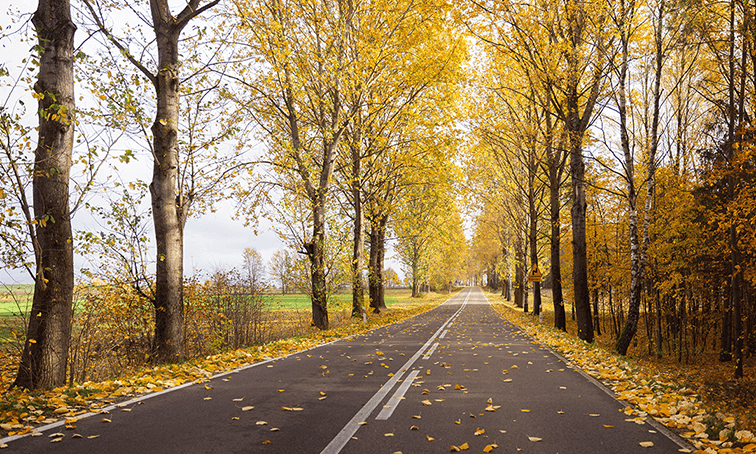Fall season means football, school, and raking the yard. But for deer, it means mating and hunting seasons. Deer are incredibly active during this time of year. The weather becomes frigid, requiring them to move to stay warm, males are searching for mates, and they’re literally dodging bullets when deer season rolls around.
Animal collision claims skyrocket during this time of year, and an accident may break your budget if your vehicle is totaled and not properly insured. Now is a great time to double-check your insurance to ensure that you’re insured.
While many believe collision coverage covers your wildlife run-ins, it is actually covered under comprehensive coverage. While comprehensive coverage is recommended for more lucrative vehicles, it’s a good idea to purchase it if you live in an area with animals in abundance.
Comprehensive coverage covers vandalism, theft, fire, weather, and collisions with deer and other wildlife. Basically, anything out of your control that doesn’t involve another driver. Since you’re really the only one capable of filing a claim, it becomes your responsibility. Comprehensive coverage requires you to pay your deductible before receiving payment, which is great if your damages cost more than the deductible. If the damages are less than the deductible, you will probably have to bite the bullet and pay out of pocket. No matter what you choose, a claim that falls under your comprehensive policy will not be held against you by your insurance provider.
So, what should you do when your vehicle and wildlife have a tragic encounter?
Move the vehicle to a safe place. If the vehicle can be driven a few feet off the road, do so to avoid backed up traffic or additional accidents.
Contact the police. This proves to your insurance that the accident happened and verify additional details. Plus, officers can get state workers on the scene to clean up the mess and avoid any additional accidents. Most insurance companies do not require you to contact the police, but their information can help back up your claim.
Document the incident. In addition to the police report, you will want to take photos of the scene, which can easily be done with your phone. Do not worry about additional documentation if you’re injured. Your safety and health are more important and police documentation will suffice.
Stay away from the animal. Injured animals are frightened by the whole scenario and can be dangerous for everyone involved. While movies like Bambi and the skittish nature of a deer paint them as a non-dangerous animal, they are still responsible for a number of attacks each year. Remember, a large, male whitetail deer can weight up to 300 pounds.
Double check the vehicle before driving off. Check for any damage to the wheels and steering, fluid leaks, or anything that can make your journey home unsafe.
Contact your agent. The sooner you contact the agent, the sooner and more accurate the incident can be filed. This makes the whole process easier for every party involved.
Do not swerve! We get it, you don’t want to damage your car. But swerving out of the way is dangerous and can be more damaging than hitting the animal. By swerving into the road or into a ditch, you leave yourself susceptible to a more damaging accident—such as hitting a culvert, another vehicle—that get magnified when traveling at high speeds. Make a conscious effort to brake, honk, and stay in control of your vehicle.
Note: while a collision with a deer falls under comprehensive coverage, an accident caused by swerving to miss the deer is covered by your collision coverage. In addition, it is difficult to provide proof that a deer caused the accident and your rates may increase. Comprehensive claims do not generally raise your rates unless you file multiple in a single year.
